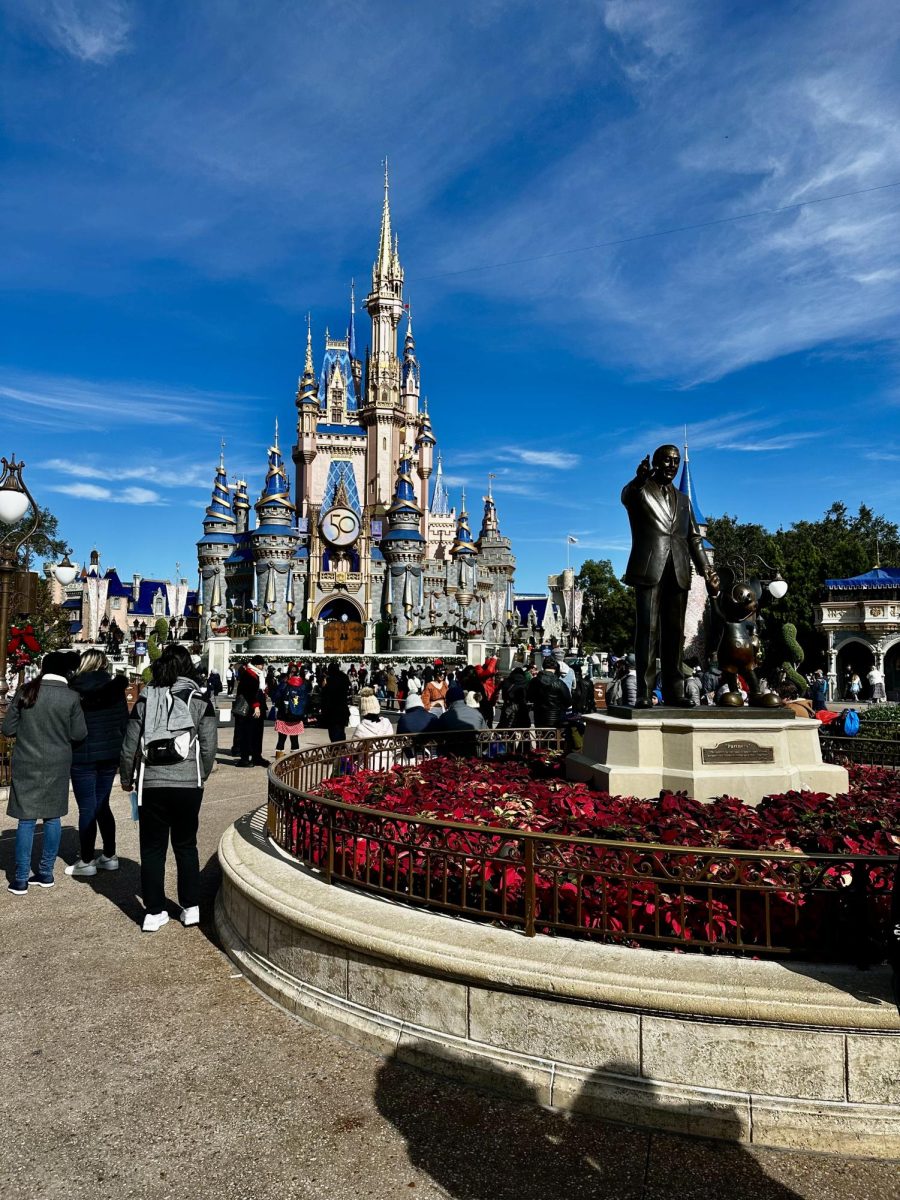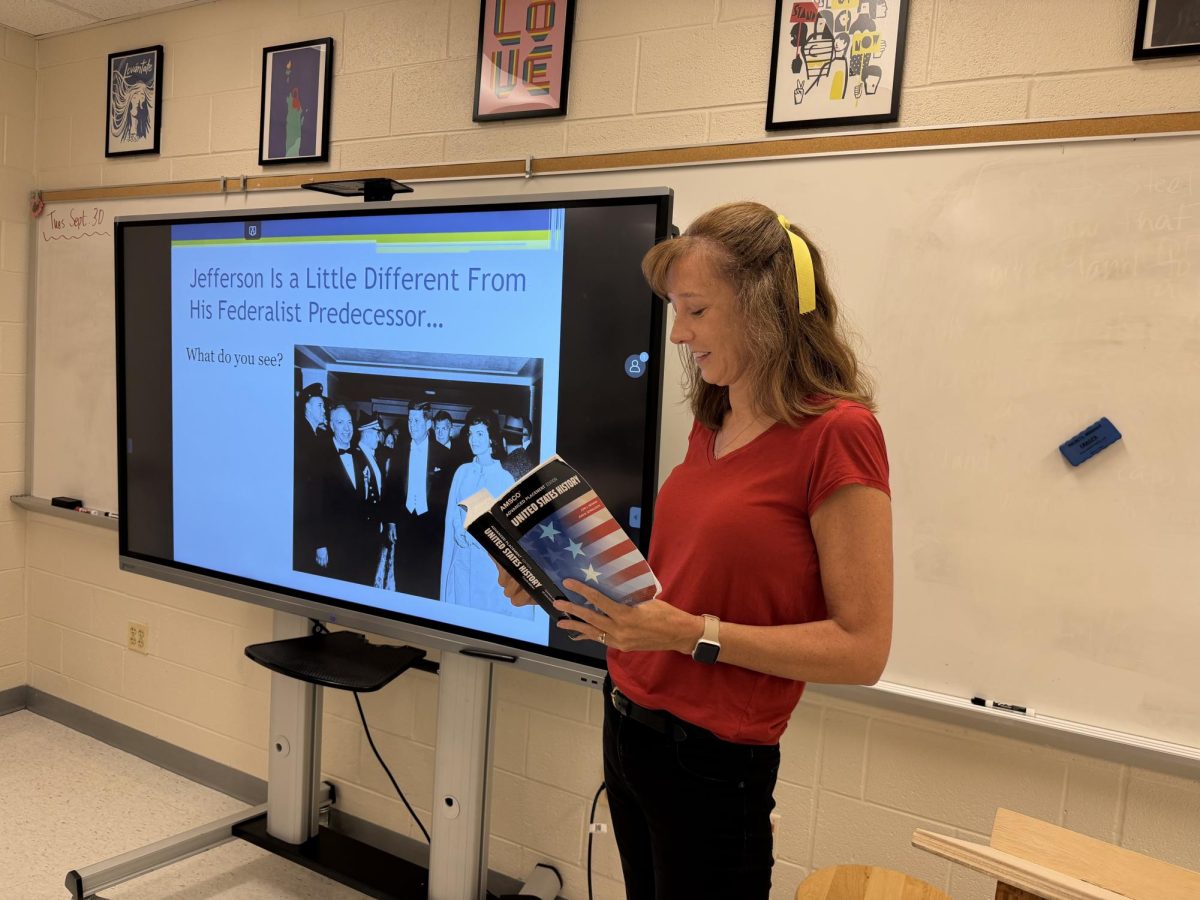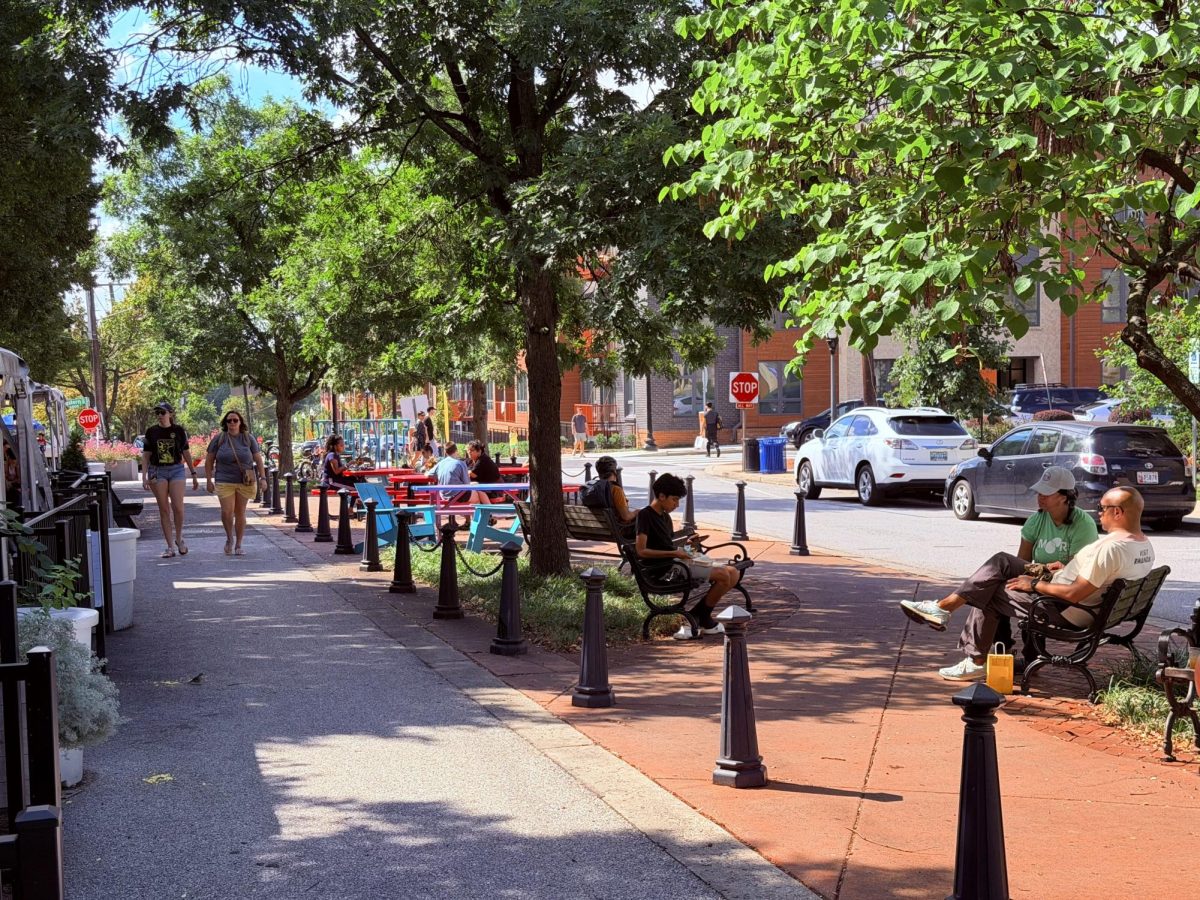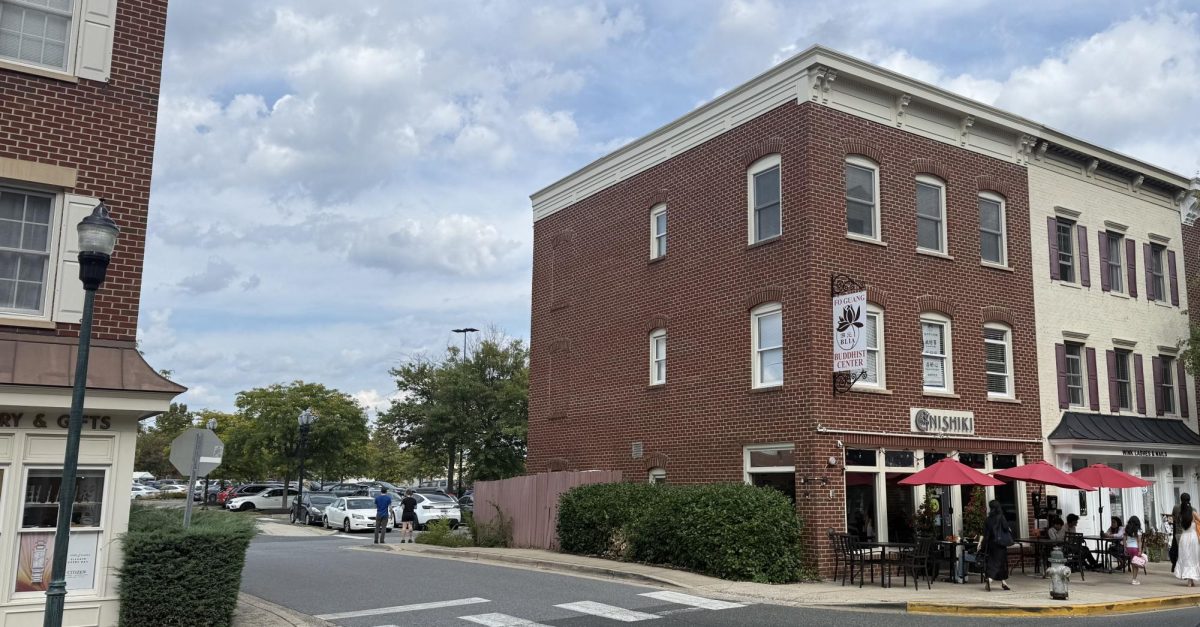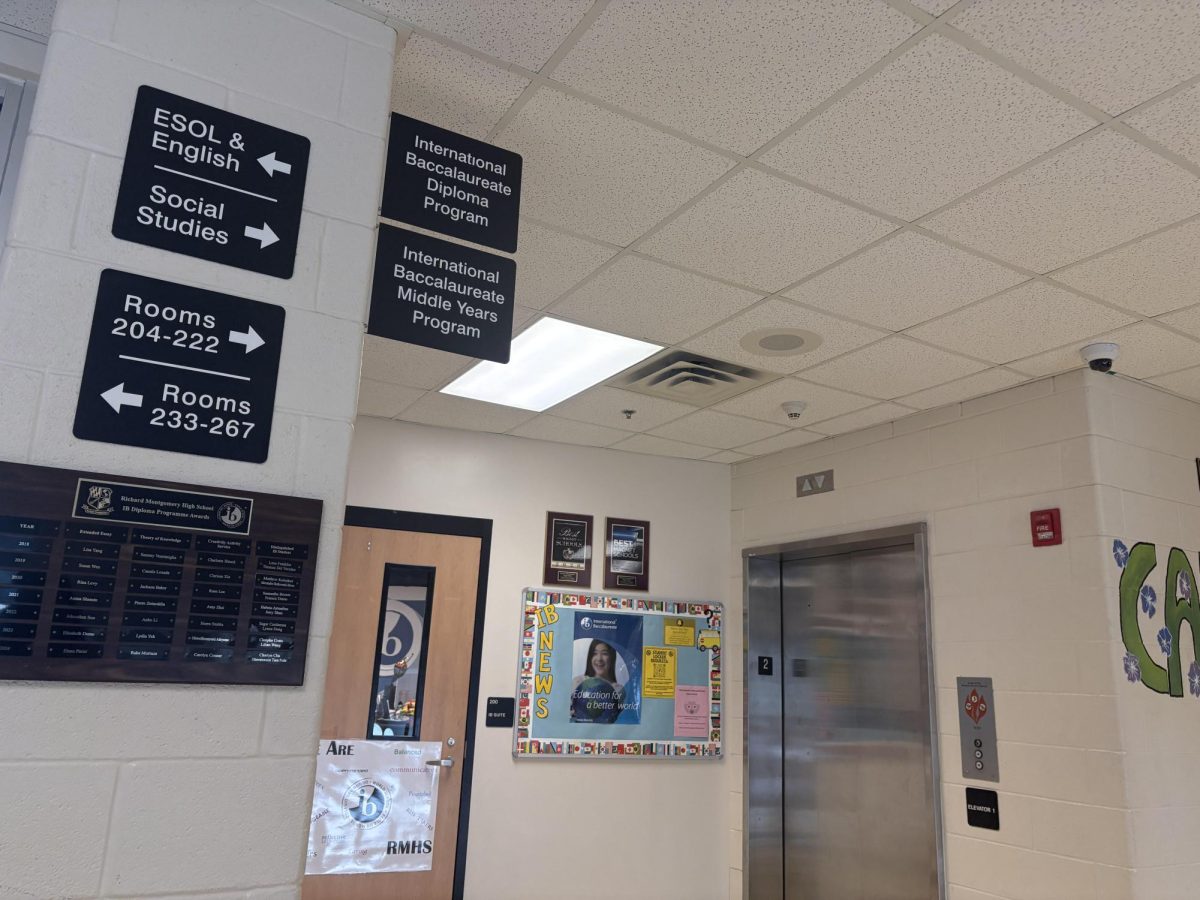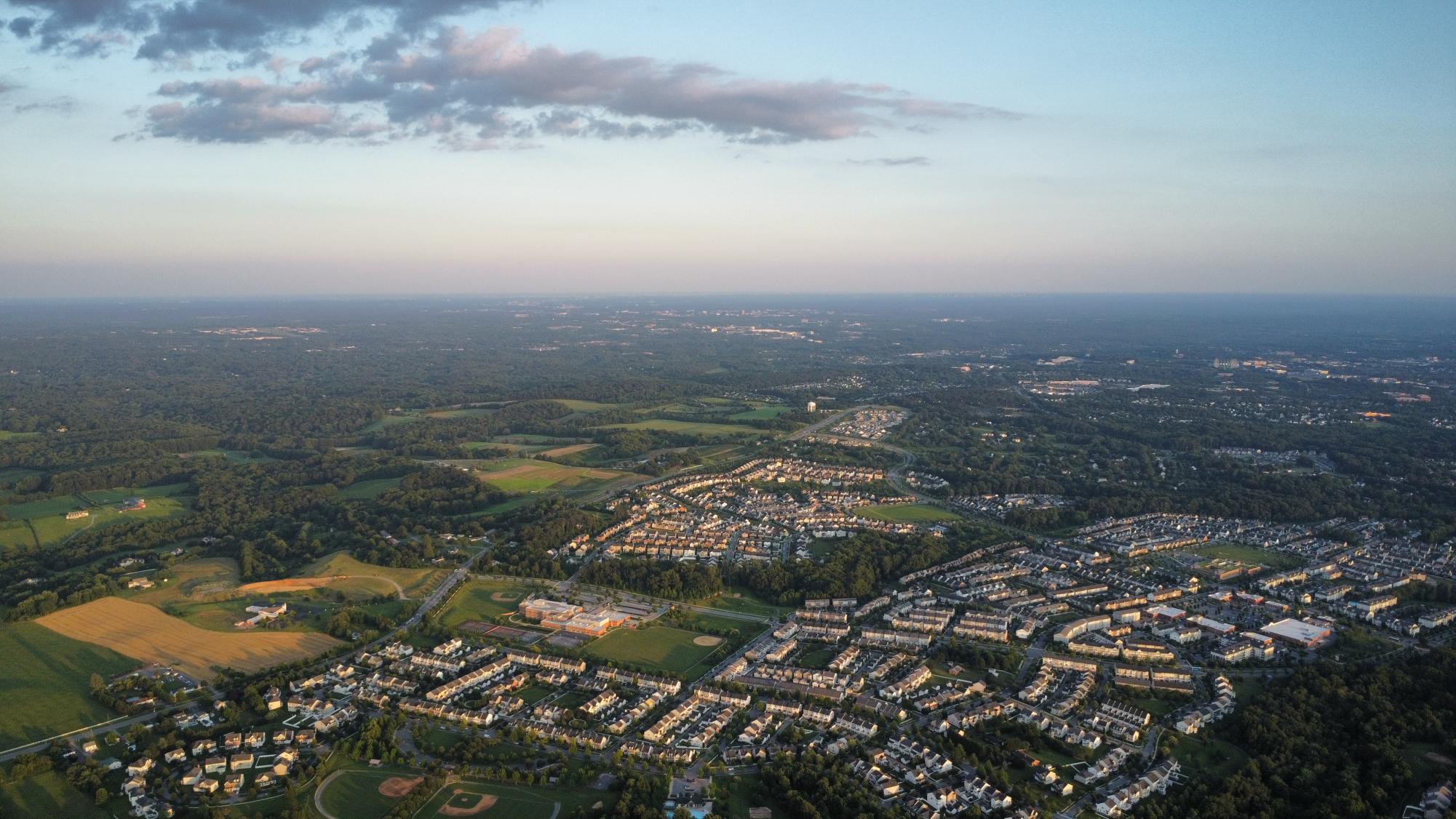
When one enters Walt Disney World, they are instantly encapsulated by the sights of roller coasters, the aroma of fresh popcorn and the magic that somehow only seems to exist within its gates. Yet, the real magic of Walt Disney’s theme parks is something more subtle, but just as important: its lessons in city planning that Montgomery County and the rest of America should take note of.
In many ways, Disney World is a functional city, even a country by some standards. It manages its own fire department, waste management and “government” capable of basic tasks like issuing liquor licenses. Every sightline, street design and transportation stop is carefully placed to balance foot traffic whilst evoking a sense of home for its over 50 million visitors each year. Some of these designed architectural choices are clearly superior to many U.S. cities; for example, the parks’ Automated Vacuum Collection (AVAC) system shoots trash through a network of tubes at over 60 miles per hour, centralizing waste processing and keeping the parks in pristine condition.
The innovations in Disney Parks have made the failures of U.S. suburbs painfully visible, as communities that prioritize uniformity over livability choose cars over people. The cookie-cutter architectural design that many community planners in the United States use has not changed for more than 70 years, with inefficient car-dependent suburban neighborhoods leading to fragmented communities, greenhouse gases and a housing shortage. Walt Disney, however, rejected the uniformity in American city design, and set out to create something different, something better.
The suburban sprawl that Walt Disney warned of did not “sprawl” across the United States by chance. Following World War II, President Franklin Roosevelt signed the GI Bill into law in 1944, which gave returning veterans access to mortgages and allowed many families to purchase homes. By 1955, over 4 million home loans had been granted by the government to these veterans, with 20 percent of veterans making up the home-buying market after the war.
To meet with this unprecedented demand, developers quickly expanded by building new neighborhoods, marking the creation of what came to be known as the ‘suburban experiment’, which encompassed vast single-family homes across acres of land connected solely by roads and segregated zoning.
The epitome of this new development style was Levittown, New York, which featured thousands of mass-produced, uniform single family homes that required cars for almost all trips. These homes were cheap and met rampant demand, leading to the expansion of the ‘Levittown model’ to other cities across the U.S. To further this shift, President Dwight Eisenhower passed the Federal-Aid Highway Act in 1956, funding the construction of interstate highway systems. These new roads connected suburbs to cities and office districts, fueling the sprawl and America’s dependency on cars.
While this new method of mass-manufacturing suburban communities worked economically at first and let housing expand, it came at a steep cost: halted innovation for city planning. A combination of restricting zoning laws, cultural norms that favor single-family homes, and mass-production techniques has created a template for the American suburb that is still used today. Millions of Americans currently live in this so-called “experiment” that was created solely to meet post-war demand, with most new developments not changing the homogeneous formula. In Montgomery County, developments in Clarksburg, MD are a blaring example of the suburban experiment, as former farm land is being developed into homogeneous single-family homes.
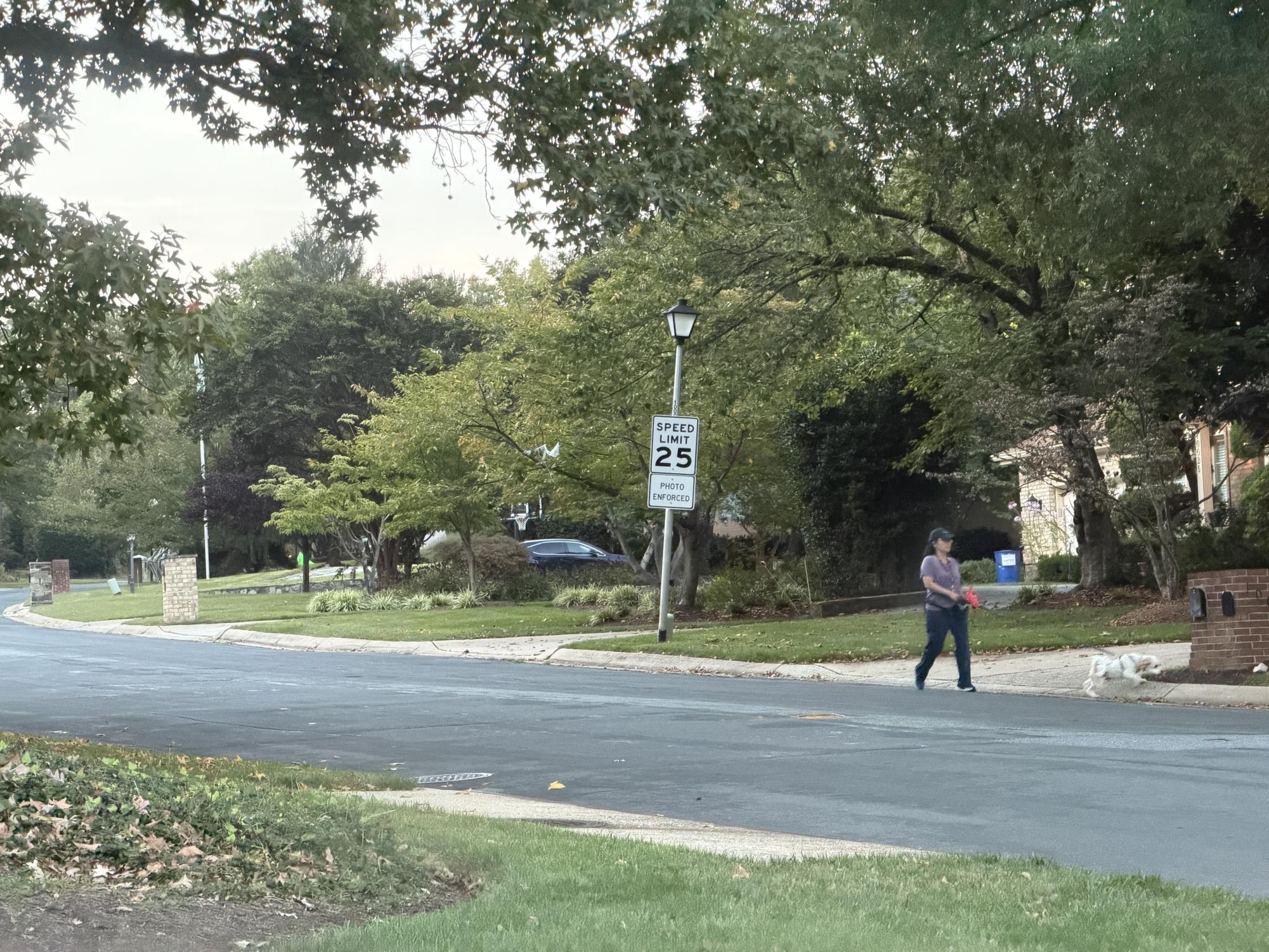
This continuation of a flawed blueprint causes severe social, environmental and economic repercussions that prioritize uniformity over people-centered communities. For example, these designs isolate people by physically separating homes and prioritizing car-driven transportation over walking paths or other public transit. A study published by the American Journal of Public Health found that residents in pedestrian-oriented neighborhoods were more socially engaged and trusting of others compared to those in car-oriented neighborhoods. The study also highlighted the correlation that integrated communities have with a reduction in illness, premature death and depression, emphasizing the importance of people-centered infrastructure that encourages natural contacts between neighbors rather than requiring invitation.
Environmentally, the drawbacks of the suburban experiment continue, with car-dependent communities causing an unnecessary increase in greenhouse gas emissions that contribute to the climate crisis. Road plans for newly built communities are blatantly inefficient and increase driving time to complete basic tasks – such as buying sugar from a grocery store or going out for a coffee – making them a time-consuming chore that requires entry and exit from an entire development onto a larger road. In the past three decades, the number of miles driven by light-duty trucks and cars has increased by 46 percent, caused in part by suburban sprawl. Furthermore, the increase in driving means that more money will be spent on unnecessary infrastructure projects which expand lanes, trying to suppress traffic that was preventable.
Experts in urban planning have long criticized the suburban experiment. Dr. Clara Irazábal, the director of the urban studies and planning program at the University of Maryland, questions the motives and persistence of this decades-old model. “Some people say that suburban living gives people freedom, but that isn’t the case. The real choice is not to fully eliminate suburban living, but to give people real options – to live more compactly, to live closer to others for social interaction, to walk to places as opposed to driving to them. That’s the real choice. That’s real freedom.”
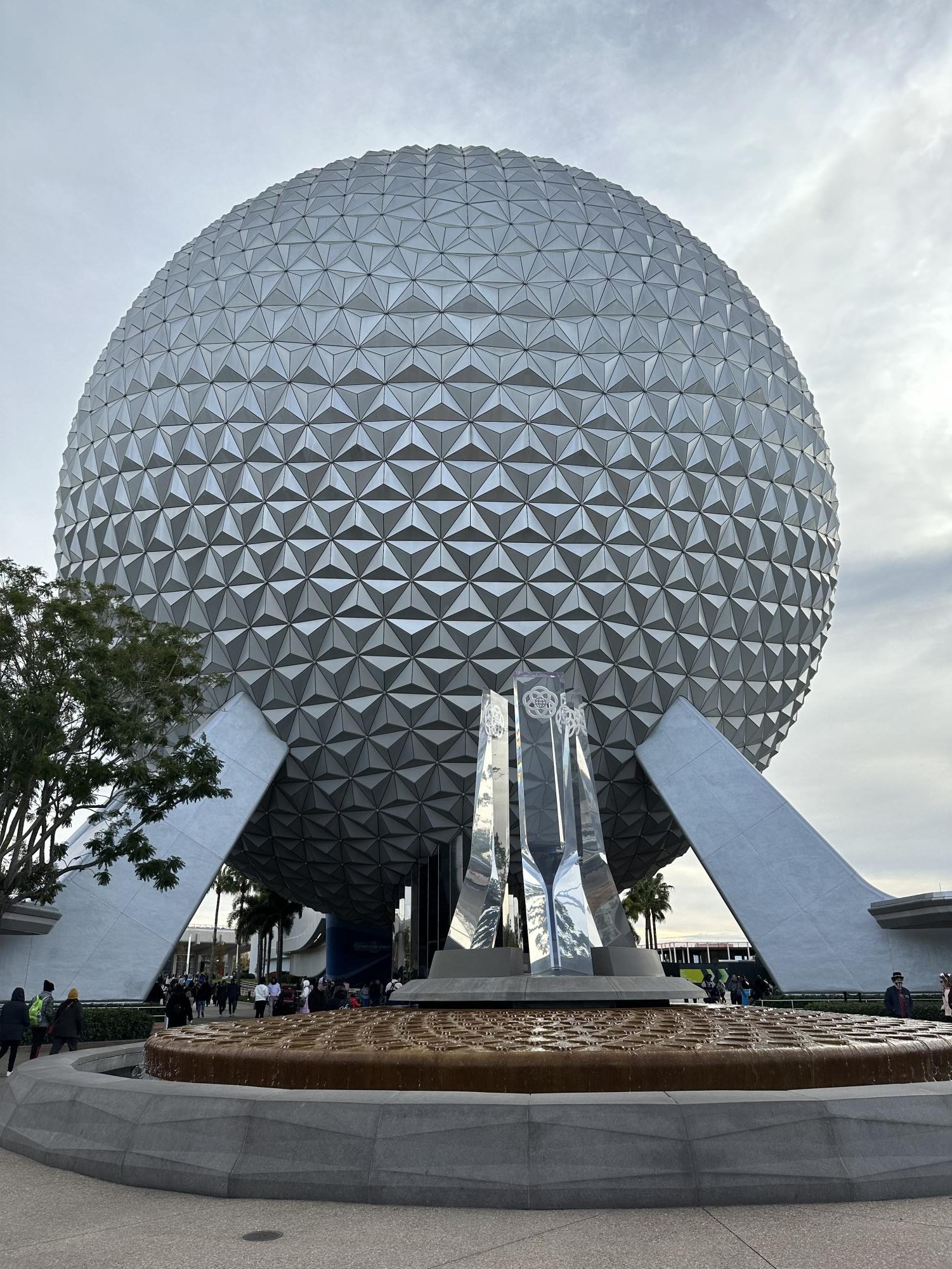
While most of America in the mid and late 1900s encapsulated the rapid growth of the suburban experiment, Walt Disney had different plans in mind. He repudiated the suburban experiment and insisted on innovative solutions, saying in 1966 that “I don’t believe there’s a challenge anywhere in the world that’s more important to people everywhere than finding solutions to the problems of our cities.” Already proven successful in Disneyland, California, he seized the chance to buy large acres of affordable swamp-land in Central Florida, giving him more space for his next bold vision, Disney World.
This new resort was set to feature a city named EPCOT, standing for Experimental Prototype Community of Tomorrow. This constantly evolving city was meant to house 20,000 residents and bring them to the forefront of innovative city design. Disney’s plan was to eliminate the need for private cars with a cutting-edge monorail and “PeopleMover” system, both of which are still found in the parks today. Unfortunately, though, Disney passed away from lung cancer the next year, never seeing Disney World open its gates in 1971. After his passing, the company decided to scrap the EPCOT city project in favor of adding another theme park, which is what we know EPCOT to be today.
Disney wasn’t the first to realize the problems with the suburban experiment. While the original EPCOT was never fulfilled, many other countries and cultures have been iterating their urban planning for centuries. “There are regions of the world that have much longer urban histories than the one that we have in the U.S., and have had time to experiment and try different things that have become very relevant and responsive to the needs of their people,” Dr. Irazábal said. In contrast to modern-day U.S. suburban communities, neighborhoods in South America, Europe, and Asia have incorporated what would be considered “illegal” mixed-use zoning in America for centuries. These choices stemming from cultural traditions have been refined over centuries, maximizing social engagement and efficiency.
Unfortunately, though, this cookie-cutter model from the U.S. has been adopted by other countries in recent years. “Countries who have had a millennia-long tradition of building differently are now building suburbs that mimic the United States. It’s a very sad trend, but one we must recognize,” Dr. Irazábal noted.
A primary reason for this halt in innovation in the United States is due to strict zoning laws. In order to protect property values, new zoning laws have set apart plots of land exclusively for homogeneous single-family homes and made it illegal for developers to build integrated communities that mix multiple housing types and commercial uses together. These policies were initially instituted partly to segregate White and Black communities at a time after racial zoning was banned, but now serve as a structural barrier that continues to lock American suburbs into an outdated model that feeds into socioeconomic discrimination. “Capitalism is built under the premise of class discrimination,” Dr. Irazábal said. “Many communities require significant wealth to buy into, and since class separates race, economic barriers are a proxy for racial segregation.”
Montgomery County’s Zoning Ordinance is the epitome of this, reserving vast plots of land for R-90 and R-60 zones, meaning primarily single-family houses. Restrictions such as minimum lot sizes limit developers from designing livable community-centered neighborhoods. These types of restrictions also limit housing supply, contributing to America’s ongoing housing crisis by not allowing contractors to build middle-housing like duplexes and townhouses. This scarcity of housing drives up prices, outpricing those in lower-income brackets.
Older American communities, like Takoma Park, MD, give us a glimpse at how communities developed before restrictive single-use zoning laws. Built in 1883, Takoma Park developed naturally into a historical mixed-use zoning community which predated the R-60 and R-90 restrictions and was “grandfathered” in and protected from the standardized model adopted outside of it. Takoma Park’s downtown area serves as a preservation for how Americans used to work, live, and play within integrated communities.
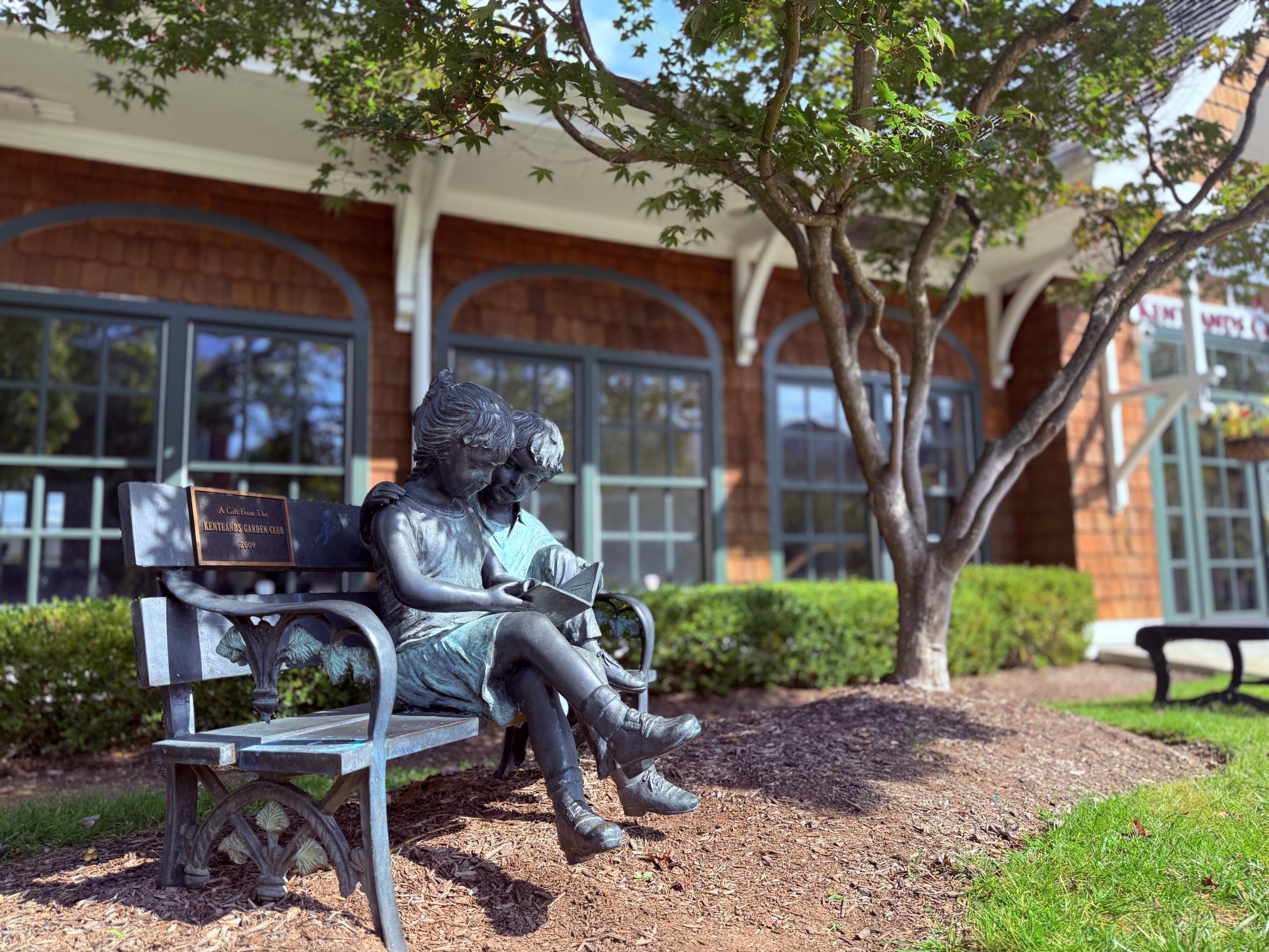
However, hope for change and innovation in Montgomery County exists. Kentlands, a community in Gaithersburg (approximately a 20-minute drive from RM), was built as an experiment in 1988 on 352 acres previously occupied by farmland. Unlike all of its surrounding neighborhoods, it embraced the philosophy of “New Urbanism”, which is actually a misnomer since it draws from cultural practices and designs that have been used for centuries. This approach desegregated zoning and mixed different types of housing with commercial and green areas. This “Live-Play-Work” model, in which residents do not have to leave their community for everyday necessities, has proven to be successful and is now famous, as Kentlands ranks as one of the best places to live in our county. Junior Anishka Biswas, a Kentlands resident, strongly feels that her community is unique compared to those around it. “While my family doesn’t work or go to school in the Kentlands, we do almost everything else here. It’s really convenient for day-to-day activities, and I love being able to have so much accessible walking.”
It was able to legally proceed due to its Planned Unit Development (PUD) framework granted by the county, which allowed the architects to bypass rigid zoning rules and have more freedom in designing the community. This independence is evident as soon as one enters the community; instead of cars, people are the clear focal point of the design. Parking lots are placed behind commercial and residential buildings, with some lots replaced with walking paths and greenery. These are purposeful design choices that foster greater community engagement. “Kentland’s model allows people to see each other more and fosters those deeper connections that would have been harder to form in a traditional suburban neighborhood,” Biswas said. “What makes it distinct from all of the other communities that I have seen in Montgomery County is that we can live, shop, and work all in one area.”
Examples like Kentlands show that America has the power to innovate in housing design, and that we can build communities to reduce disease, increase community engagement, and help mitigate the climate crisis. “The great challenge now is to retrofit the suburbs that we have now. We can go back and make those places denser, more walkable and more mixed-use, which will cater to the people who are disenfranchised by the current suburban model,” Dr. Irazábal said.
That is not a Disney fantasy; it’s our choice.
Your donation will support the student journalists of The Tide, Richard Montgomery High School's student newspaper. Your contribution will allow us to purchase equipment and cover our annual website hosting costs.


